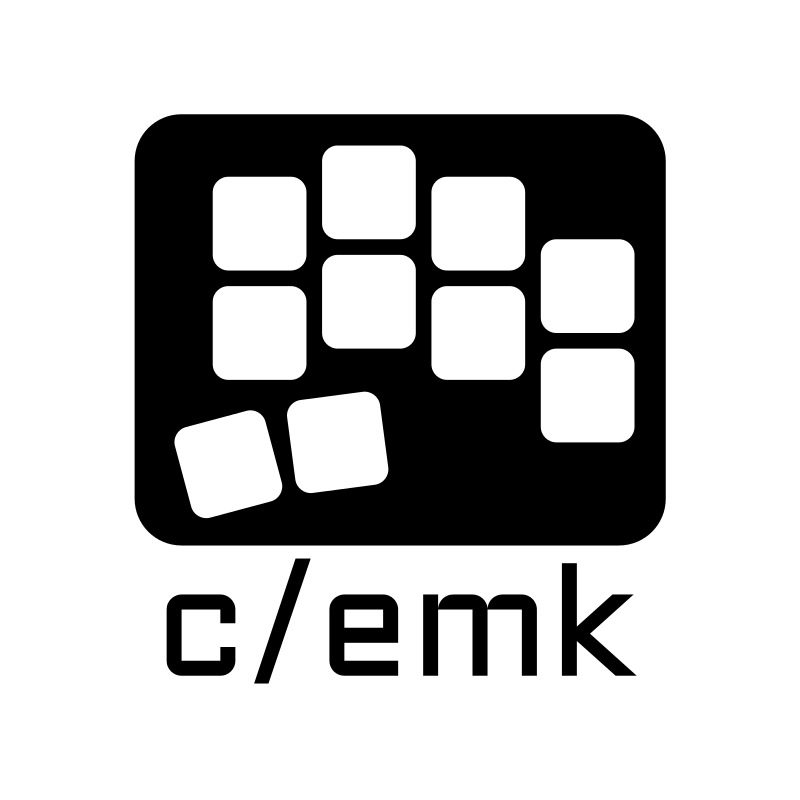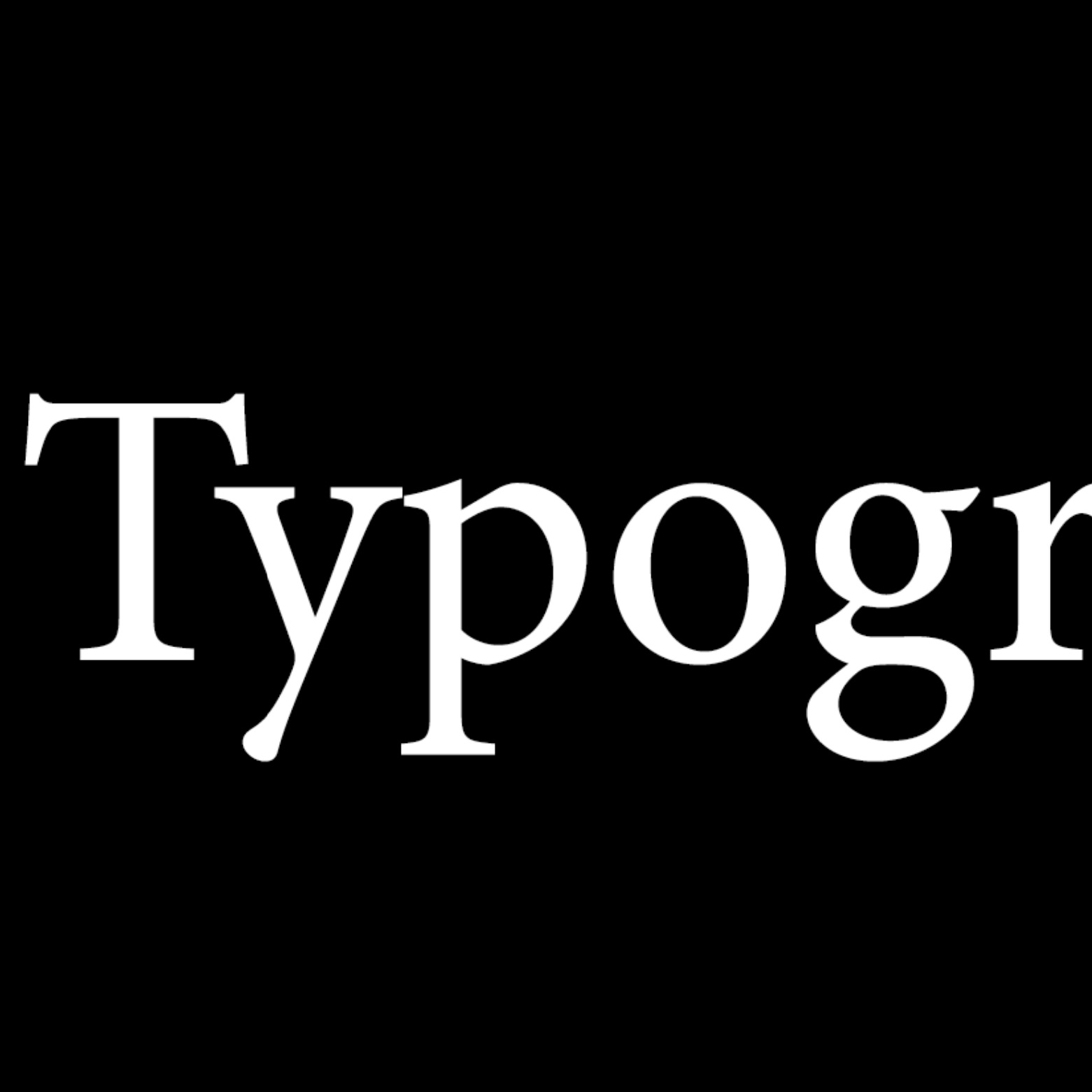dnzm
Ook @[email protected] / @[email protected]. Blog op doenietzomoeilijk.nl.
- 3 Posts
- 68 Comments

 1·24 days ago
1·24 days agoThat looks great! How do you like the melodics?
It absolutely is. Yet, as Sean said, it’s also yet another bit of software to run and maintain, and ES is known to be a bit of an effort to keep going well.
Admins having only finite amounts of time and/or resources, might make the very understandable decision to leave it out.

 1·3 months ago
1·3 months agoKeyboards is no beter. Like you said, the fluff makes the hobby.
Just looking at it makes me wonder why you’d consider the thumb placement that strange (although all hands are different and all that). What was off about it for you?

 2·4 months ago
2·4 months agoI’m actually still on my first ergo, a Lily58 (my first mechanical was a “regular” 75%). I was a bit on the fence between this and the Corne, and I think I would’ve been fine going with the Corne; I barely used the numrow and currently it’s not even mapped, and I’m experimenting with putting the things I had left on the outer columns on layers or combos.
But regret… no, of course not. It’s been a great learning experience so far!
I’ll certainly build more boards at some point, at least a Corne because, well, gotta build a Corne, but maybe some other things as well. Maybe a Charybdis or a Cygnus or something like that.

 43·4 months ago
43·4 months agoYou gotta love the copy on the Warp site. As for why they’re now launching it on Linux:
Despite this, Linux has relatively few terminal options compared to Mac and Windows
…relatively few? Really?
This sounds like it’d be exactly how I currently use Tumbleweed on my workstations: I don’t update daily, but rather every once in a while. I appreciate the new versions of things, but being on the daily bleeding edge is more work than I care to put in.
I can also see this working quite nicely for those with nvidia hardware, where with TW you’d sometimes end up with a kernel too new for the drivers to get shoehorned in. A slightly easier-going pace would help there.
It also reminds me of Android, where you have roughly monthly updates (theoretically) and every now and then a bigger one.

 15·5 months ago
15·5 months agoInstalling a software package through a distro’s package manager sounds like a perfectly fine “Linux way” to me.
Of course, that filesystem exists today as btrfs.
Which, to be fair, isn’t exactly the fasted FS around. I love me some btrfs, but not for the benchmarks.

 6·6 months ago
6·6 months agoMuscle memory needs some time, especially for symbol stuff. Don’t hesitate to tweak your mappings, I’ve made some changes at some point which made things a whole lot more workable. I started with Miryoku which was completely unsuitable for the PHP work I was doing back then, to mention something, and moving the number cluster to the right hand rather than left did miracles for my day to day work as well.

 2·7 months ago
2·7 months agoI code with it, yeah. Just have those symbols wherever you want them (I never used those inner upper keys either, except for things that I don’t mind lifting my hand for). Layers layers layers. Also home row mods.
For my next board, I’m probably going with a 6×3+3, I don’t use the number row either. Keypad on a layer under the right hand is so much nicer…
That’s correct. Btrfs will simply divide your disks in 1GB chunks, and when writing, always ensure that a bit of data is always stored in 2 chunks on two different disks. You can also do 1C3 or 1C4 if your data is truly that critical, which means data is always stored in 3 or 4 chunks (on different disks), respectively. Of course, that also requires at least they amount of drives.
This chunking is also the reason why the sizes of the drives don’t have to match, as long as it’s possible to divide it evenly you won’t lose space as unused. Simply put, make sure your largest drive is not larger than your other drives combined and you should be fine.
In my case, data will always see one copy on the 4gb drive, and another on either of the 2gb drives.
As for the reason to switch: that’s something I can get behind, although you could also just slap Proxmox on it an do all your experimenting in VMs; at least that keeps the server itself running as smoothly as possible, while not limiting you in your learning experiences.
As for btrfs: it most certainly does have RAID functionality. RAID5/6 is considered unstable (although I’ve heard/read from plenty of people who have great experiences with it, provided you don’t run into the edge cases), but I’m sticking with RAID1 because I don’t need to run the risk, and I’m not sure if waiting for a checksum calculation whenever something does go pear-shaped is going to do a whole lot of good for me.
Anyway, as for my setup: an HP Microserver (an oldie, a Gen8 with a Xeon switched in) running Leap, powering a few VMs, a collection of Docker containers, and a few “native” services (nginx, PHP, stuff like that). The root fs is a single SSD (btrfs SINGLE with some directories having a flag to disable COW), and there’s a data pool of 3 spinning disks (2x2 and 1x4GB), 4GB effective, that contains “data”. Most of it is setup with Ansible these days, hence no real use for YaST on that machine for me.
You’ll lose more than just snapshots, btrfs does a bit more than just that.
I’ve been running my NAS/server on btrfs for years, now. I started out on Rockstor (which was still based on CentOS back then, they switched to an OpenSUSE core some years ago), later I decided to roll my own setup on Leap, partially because I already had (and love) Tumbleweed on my workstations, and keeping everything on one distro is just less mental overhead. For me, it’s been rock solid. I like OpenSUSE, I like btrfs. Snapshots have saved my bacon on the workstations more than once when bleeding edge updates and nvidia clashed; it’s never been an issue on the server of course, and I don’t really use them for data (although the option is there). I do however use RAID1, on 3 drives, and being able to just add a drive even if it’s not the same size as the others (within reason), is a big plus and one of the reasons I opted for btrfs back then.
OpenSUSE as a distro is great, there’s a fair amount of software, stuff that’s not in the default repos might be on OBS. It’s a fixed-release distro but the cadence feels somewhat different from Ubuntu’s. YaST is great when you want to have some easily accessible menu driven interface to setting things up, rather than poke around in config files (I’m more of a config file guy, but having the option is nice).
Of course, as for opinion… It all depends on what you want to use the machine for, where your experiences lie, and so on. What’s the NAS doing, besides file shares, what do you hope to gain by switching distros? Where are you on the scale from “I want it to just work, something like a Synology would be nice if they weren’t so pricey” to “I hand-compile kernels for fun”?

 2·9 months ago
2·9 months agoEh, the split part is easy, it’s the lack of row stagger that’s going to trip you up for at least a couple of days.
You do get used to it, though, and after that a “normal” keyboard will feel as weird as it actually is, when you think about it.
Something I couldn’t find in the readme (could be my fault) is the “why”. What did you tweak, what where the things in Iosevka that you we’re missing?

 4·9 months ago
4·9 months agoascetics
I think you mean “aesthetics”, an ascetic is something quite different. 😛

 2·10 months ago
2·10 months agoWhy not make a “game” layer that doesn’t get in your game-playing way, and have mod-taps on the rest? (as far as they don’t interfere with the chords, of course)

 2·10 months ago
2·10 months agoSure! I have several:
- the kit for the Lily is from 42 Keebs
- the caps are the Monster clone from Ali
- the case is based on the Lunar58 but with bolt eyes (or whatever they’re called) tacked on (I’ll ask the guy who did that for me if he plans on opening up the files)
- printed with Devil Design Copper filament






My takeaway wasn’t that he didn’t like it, he did. Just not worth the absurd price unless you want to literally pay for the privilege.